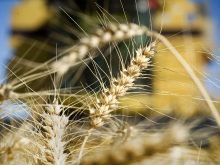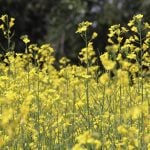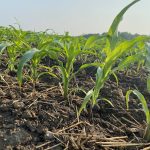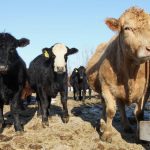Jean Clavelle grew up amidst pens of cattle, so spending 28 days last
October watching 17,000 head in her family’s feedlot near Viscount,
Sask., didn’t seem that unusual to her.
“What was unusual was to just watch them and nothing else. Watch their
lives unfold, hour after hour,” said the former animal behaviour
graduate student from the University of Saskatchewan.
Clavelle was researching buller steer syndrome for her master’s thesis
in ethology, or the study of animal behaviour.
Read Also
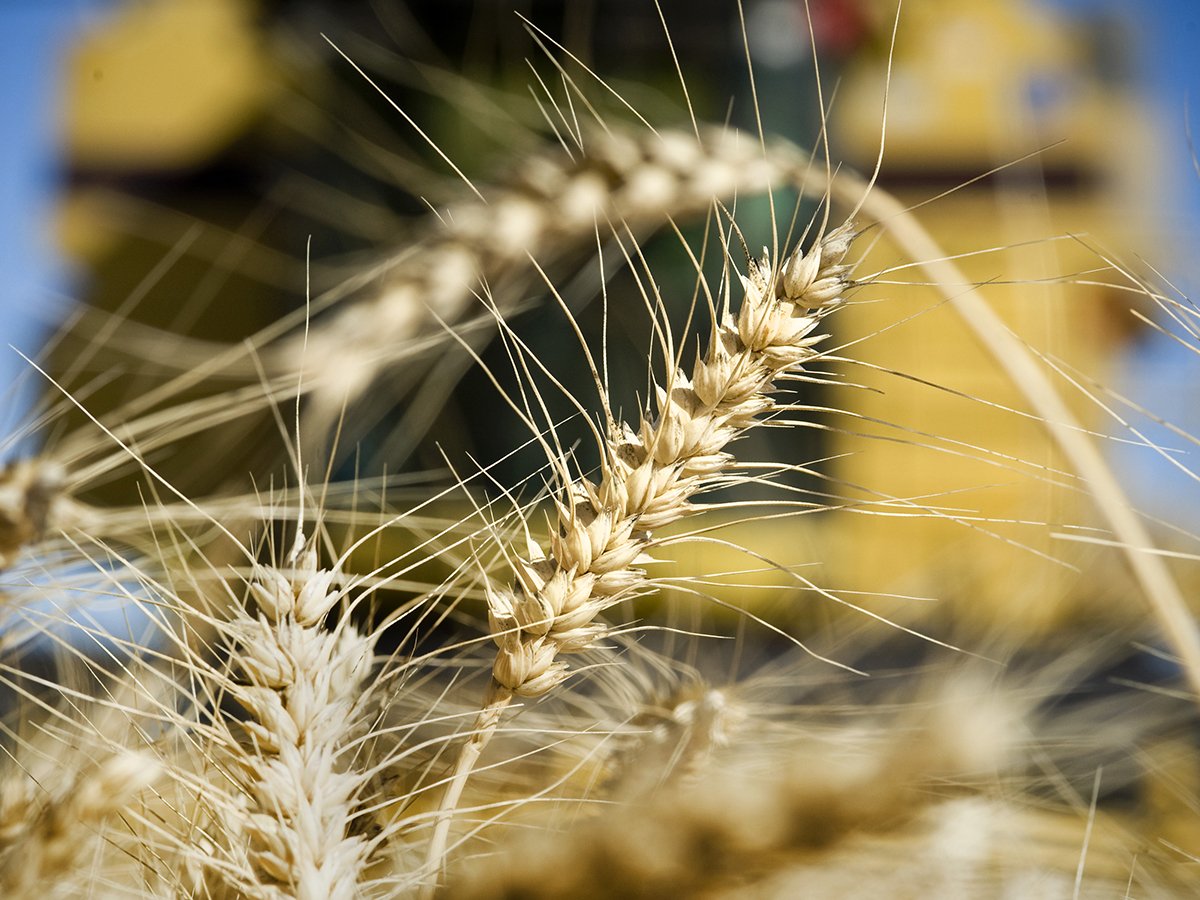
European wheat production makes big recovery
EU crop prospects are vastly improved, which could mean fewer canola and durum imports from Canada.
The United States Department of Agriculture estimates that steers who
mount other steers cost the U.S. industry $5 million US a year and
affects as many as seven percent of feedlot cattle.
While no one knows why steers jump on each other, Clavelle’s research
unearthed some surprising results.
She found that once a steer is mounted by a pen mate, a single buller
victim can then experience as many as 35 mounts in 10 minutes or up to
114 per hour, involving many of the animals in the pen. This was more
than scientists previously suspected.
This intense mounting behaviour causes spinal, joint and tissue damage,
as well as lost hair coat and in some cases death. But those are the
obvious losses. Stress and lost production are harder to measure and
because the behaviour is extremely sporadic, feedlot staff don’t always
notice it.
“It happens a lot more than we suspected. Once- or twice-daily pen
assessments are not enough,” she said.
Clavelle has found that bullers are not participating in the process
and that any steer can be a target.
“Animals don’t willingly stand to be mounted. They must be cornered or
forced into a situation that would be more dangerous to escape from
than to be mounted.”
She said this results in harassed animals that don’t eat well or grow
efficiently.
“Not only should bullers be removed as soon as we find them, it
probably should happen more often than it does. Due to its intensity, I
think it is more damaging and happens more often than we suspected.”
Julie Morrow, head the USDA Agricultural Research Service’s Livestock
Issues Research Unit at Texas Tech in Lubbock, has studied the problem
and said it is a vastly understudied area of livestock behaviour.
“We have statistical evidence that it costs the industry money when
animals are injured or killed. We don’t know all of the costs to
producers for animals that fail to gain well because of the harassment.
Lost time at the feed bunk. Loss of appetite. Stress responses. It’s
all bad for feeders.”
By surgically removing cattle’s ability to smell, Morrow said
researchers have proven a steer’s scent is not a factor.
“My opinion: Bulls evolved to respond to certain stimulus. One of those
is visual. When cows are in a group and one is in estrus, others will
mount her. This is a long distance visual cue for bulls. Once a bull
gets closer, he can smell her and then he knows for sure.”
Morrow and Clavelle agree that seeing one animal mount another seems to
trigger the mounting response inside a feedlot pen.
“I wish we could say we knew the initial cause. What triggers the first
mounting?” Morrow said.
“Anytime a lot of animals are confined we have dominant and less
dominant animals in any pen. But in the middle, where most cattle fit,
they need to fight constantly with more dominant and less animals for
status. This could be where it starts. But there is a lot about this
area of applied ethology we don’t understand yet.”
She said the behaviour takes place in all seasons and in all pen sizes.
She has seen as many as seven percent of animals in a Kansas feedlot
involved at a time.
“Then it stops. No apparent cause. The research up in Canada is a good
thing for the industry. We need to know more.”
Clavelle said her study is over, but hopes other grad students will
pursue the subject in the future.




